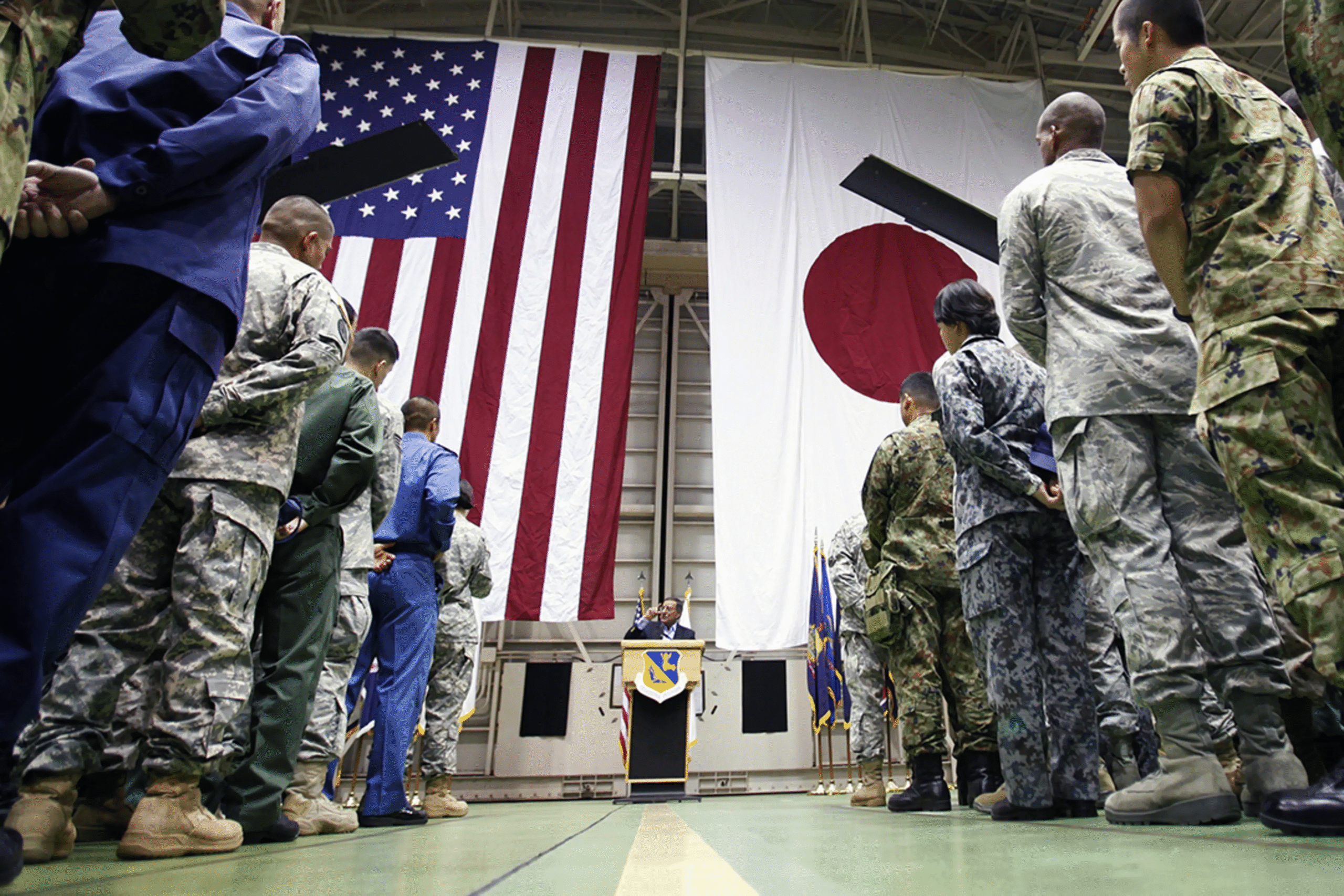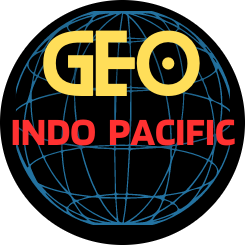
When the Japan Air Self-Defense Force (JASDF) joined multinational space defense training in Australia during Exercise Talisman Sabre 2025, its personnel did more than confront simulated satellite jamming, space debris and other threats. They also demonstrated a principle of Tokyo’s space defense strategy: enhancing cooperation among like-minded nations.
In late July 2025, Japan’s Defense Ministry released its first Space Domain Defense Guidelines. The all-domain goals include:
- Employing a satellite constellation for real-time monitoring of any potential battlefield.
- Working with like-minded partners to develop satellite technology and defend against adversarial satellite interference, such as jamming, or blocking, signals.
- Bolstering space domain awareness to rapidly detect threats.
- Strengthening Japan’s ability to disrupt adversary interference.
“Japan will build a mutually complementary structure with our Ally [the United States] and like-minded countries in terms of further strengthening capabilities and operational cooperation, while enhancing its autonomous defense capabilities in the space domain,” the guidelines state.
The space defense directives warn of “killer satellites” under development by countries such as China and Russia, which seek to destroy or damage other nations’ space assets. “Some countries are stepping up the development of technologies to interfere with and neutralize the satellites of other countries to secure their own military superiority,” Tokyo stated, “leading to the development of space as a warfighting domain and increasing threats and risks in outer space.”
Japan’s increasing defense budget includes investments in dual-use space technology, such as intelligence, surveillance and reconnaissance, and missile warning and tracking capabilities, according to the Center for Strategic and International Studies (CSIS).
Japan intends to rename the JASDF in 2027 — possibly as the Japan Air and Space Self-Defense Force — to reflect the increasing importance of the domain, Tokyo’s guidelines state. They also highlight the importance of cooperation between public and private sectors on advanced technology, predicting “a virtuous cycle of strengthening defense capabilities and economic power by supporting private companies’ investment in related technologies.”
Space has emerged as a key domain in the Japan-U.S. alliance. The nations stated in February 2025 that they “intend to continue their strong partnership in civil space and on aeronautics, science, and human exploration.”
That includes cooperation through the U.S.-led Artemis lunar exploration program, under which a Japanese astronaut will be the first international Artemis explorer on the moon. Japan also pledged in 2024 to design, develop and operate a lunar rover that will allow astronauts to travel farther and work longer on the moon. International Space Station missions, meanwhile, include Japanese and U.S. astronauts. NASA’s Crew-11, which includes Japanese and U.S. astronauts and a Russian cosmonaut, launched from Kennedy Space Center in Florida and docked at the space station in early August 2025 for at least six months of research.
“Moving forward, promoting investment in the bilateral space partnership will assume even greater importance,” a CSIS analyst wrote, “and investment and partnership in cutting-edge space startups in both countries can enhance and expand the combined allied industrial base to the strategic benefit of both nations.”





